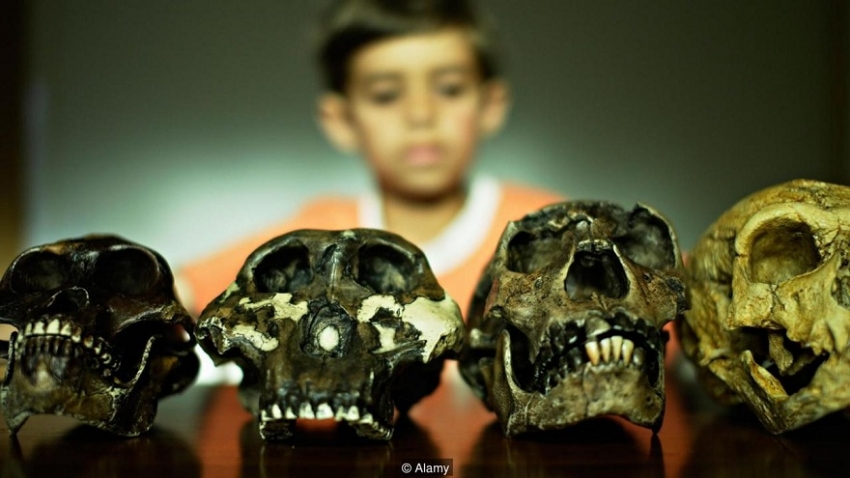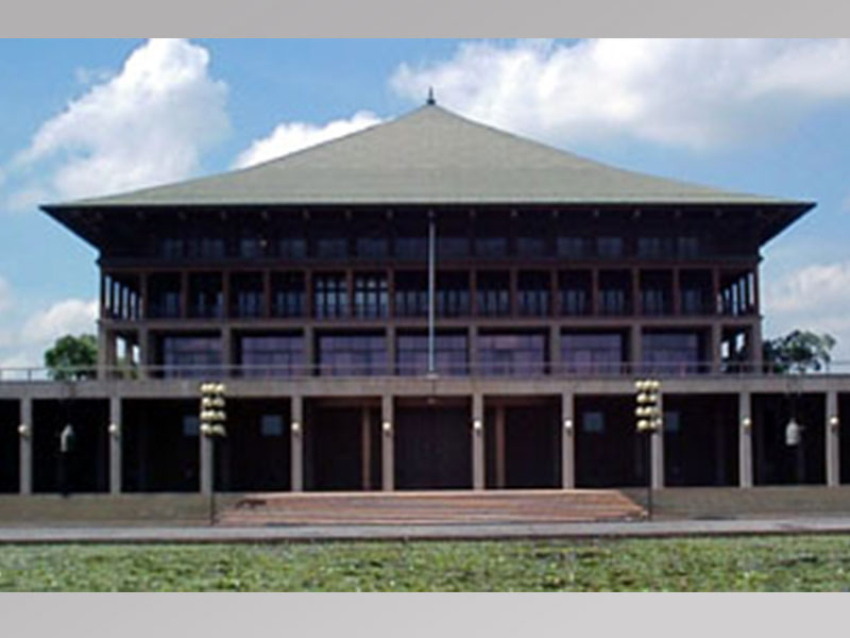Our species emerged as a result of a mind-bending number of random events and mutations, but it may also have been inevitable that humans, or something like us, would walk the Earth.
By James Horton and Tiffany Taylor From The Conversation
What would happen if the hands of time were turned back to an arbitrary point in our evolutionary history and we restarted the clock? American palaeontologist Stephen Jay Gould proposed this famous thought experiment in the late 1980s – and it still grips the imagination of evolutionary biologists today.
Gould reckoned that if time was rewound, then evolution would drive life down a completely different path and humans would never re-evolve. In fact, he felt humanity’s evolution was so rare that we could replay the tape of life a million times and we wouldn’t see anything like Homo sapiens arise again.
His reasoning was that chance events play a huge role in evolution. These include enormous mass extinction events – such as cataclysmic asteroid impacts and volcanic eruptions. But chance events also operate at the molecular scale. Genetic mutation, which forms the basis of evolutionary adaptation, is reliant on chance events.
You might also like:
• Do humans have a ‘religion instinct’
• Why the future of nature will be weird
• How modern life is changing our bones
Put simply, evolution is the product of random mutation. A rare few mutations can improve an organism’s chance of survival in certain environments over others. The split from one species into two starts from such rare mutations that become common over time. But further random processes can still interfere, potentially leading to a loss of beneficial mutations and increasing harmful mutations over time. This inbuilt randomness ought to suggest you’d get different life forms if you replayed the tape of life.
Of course, in reality, it’s impossible to turn back the clock in this way. We’ll never know for sure just how likely it was to have arrived at this moment as we are. Fortunately, however, experimental evolutionary biologists do have the means to test some of Gould’s theories on a microscale with bacteria.
Footsteps in red sand in South Africa (Credit: Alamy)
Humanity’s evolution has relied upon millions of random events and chance mutations, but natural selection also lends a guiding hand (Credit: Alamy)
Microorganisms divide and evolve very quickly. We can therefore freeze billions of identical cells in time and store them indefinitely. This allows us to take a subset of these cells, challenge them to grow in new environments and monitor their adaptive changes in real time. We can go from the “present” to the “future” and back again as many times as we like – essentially replaying the tape of life in a test tube.
Many bacterial evolution studies have found, perhaps surprisingly, that evolution often follows very predictable paths over the short term, with the same traits and genetic solutions frequently cropping up. Consider, for example, a long-term experiment, in which 12 independent populations of Escherichia coli founded by a single clone, have been continuously evolving since 1988. That’s over 65,000 generations – there have only been 7,500-10,000 generations since modern Homo sapiens appeared. All the evolving populations in this experiment show higher fitness, faster growth and larger cells than their ancestor. This suggests that organisms have some constraints on how they can evolve.
Natural selection is the “guiding hand” of evolution, reigning in the chaos of random mutations and abetting beneficial mutations
There are evolutionary forces that keep evolving organisms on the straight and narrow. Natural selection is the “guiding hand” of evolution, reigning in the chaos of random mutations and abetting beneficial mutations. This means many genetic changes will fade from existence over time, with only the best enduring. This can also lead to the same solutions of survival being realised in completely unrelated species.
We find evidence for this in evolutionary history where species that are not closely related, but share similar environments, develop a similar trait. For example, extinct pterosaurs and birds both evolved wings as well as a distinct beak, but not from a recent common ancestor. So essentially wings and beaks evolved twice, in parallel, because of evolutionary pressures.
The fossil of a pterosaur (Credit: Getty Images)
Pterosaurs evolved wings and beaks that were very different from those we see in modern birds (Credit: Getty Images)
But genetic architecture is also important. Not all genes are created equal: some have very important jobs compared to others. Genes are frequently organised into networks, that are comparable to circuits, complete with redundant switches and “master switches”. Mutations in “master switches” naturally result in much bigger changes, because of the knock-on effect felt by all genes under its control. This means that certain locations in the genome will contribute to evolution more frequently, or with a larger effect, than others – biasing evolutionary outcomes.
But what about the underlying physical laws – do they favour predictable evolution? At very large scales, it appears so. We know of many laws governing our universe that are certain. Gravity, for example – for which we owe our oceans, thick atmosphere and the nuclear fusion in the sun that showers us with energy – is a predictable force. Isaac Newton’s theories, based on large scale deterministic forces, can also be used to describe many systems on large scales. These describe the universe as perfectly predictable.
If Newton’s view was to remain perfectly true, the evolution of humans was inevitable. However, this comforting predictability was shattered by the discovery of the contradictory but fantastical world of quantum mechanics in the 20th Century. At the smallest scales of atoms and particles, true randomness is at play – meaning our world is unpredictable at the most fundamental level.
A boy looking at some early human skulls (Credit: Alamy)
It is unlikely Homo sapiens would evolve again if we rewound time, but something similar would appear (Credit: Alamy)
This means that the broad “rules” for evolution would remain the same no matter how many times we replayed the tape. There would always be an evolutionary advantage for organisms that harvest solar power. There would always be opportunity for those that make use of the abundant gases in the atmosphere. And from these adaptations, we may predictably see the emergence of familiar ecosystems. But ultimately, randomness, which is built into many evolutionary processes, will remove our ability to “see into the future” with complete certainty.
There is a problem in astronomy that acts as a fitting analogy. In the 1700s, a mathematical institute offered a prize for solving the “three-body problem”, involving accurately describing the gravitational relationship and resultant orbits of the sun, Earth and moon.
We may not be entirely sure where we’d end up if we rewound time, but the paths available to evolving organisms are far from limitless
The winner essentially proved that the problem couldn’t be solved exactly. Much like the chaos introduced by random mutations, a little bit of starting error would inevitably grow, meaning that you couldn’t easily determine where the three bodies would end up in the future. But as the dominant partner, the sun dictates the orbits of all three to an extent – allowing us to narrow the possible positions of the bodies to within a range.
This is much like the guiding hands of evolution, which tether adapting organisms to familiar routes. We may not be entirely sure where we’d end up if we rewound time, but the paths available to evolving organisms are far from limitless. And so maybe humans would never appear again, but it’s likely that whatever alien world replaced ours, it would be a familiar place.s.




















